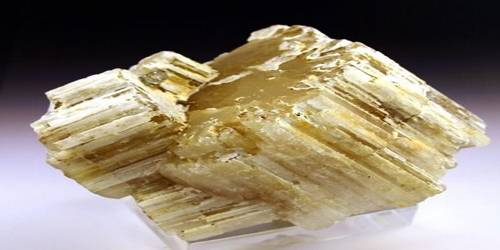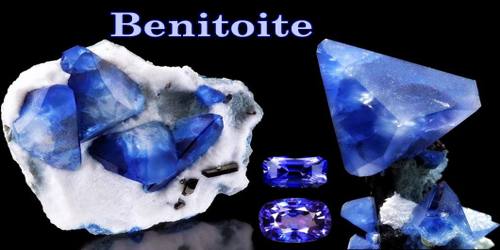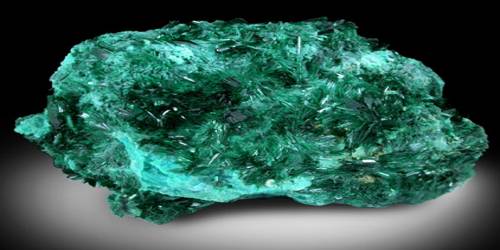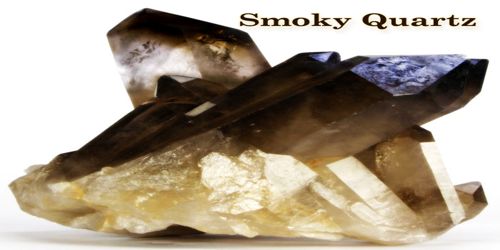Beryllonite is a rare sodium beryllium phosphate mineral with formula NaBePO4. It is a rare mineral that occurs as a secondary mineral in granitic and alkalic pegmatites. It is named because of its beryllium content. It was discovered by James Dwight Dana in 1888.
The tabular to prismatic monoclinic crystals vary from colorless to white or pale yellowish and are transparent with a vitreous luster. Twinning is common and occurs in several forms. It exhibits perfect cleavage in one direction. The hardness is 5.5 to 6 and the specific gravity is 2.8.
General Information
- Category: Phosphate minerals
- Formula: NaBePO4
- Crystal system: Monoclinic
- Crystal class: Prismatic (2/m) (same H-M symbol).
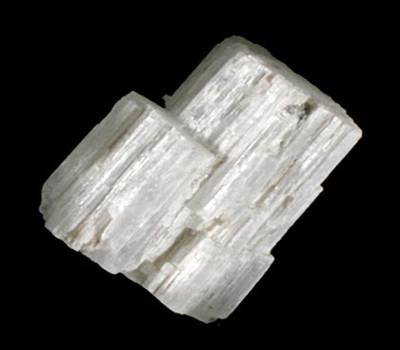
Properties
The crystals vary from colorless to white or pale yellowish, and are transparent with a vitreous luster, and pearly luster on fracture planes. Beryllonite crystals are frequently heavily included. Beryllonite cat’s eye is known. This mineral has a vitreous – pearly luster with a white streak. The fracture of this mineral is brittle – conchoidal. The density of beryllonite is 2.8 g/cm3 with a hardness of 5.5-6 – between the knife blade and orthoclase. Beryllonite is non-fluorescent.
- Color: Colorless, white to pale yellow
- Crystal habit: Crystals tabular {010} to short prismatic also in spherical aggregates, fibrous, massive; orthorhombic pseudo-symmetry
- Twinning: polysynthetic, contact and penetration twins; pseudo-hexagonal stellate forms
- Cleavage: {010} perfect; {100} good, interrupted; {101} indistinct; {001} in traces
- Fracture: Conchoidal
- Tenacity: Brittle
- Mohs scale hardness: 5.5 – 6
- Luster: Vitreous to adamantine, may be pearly on {010}
- Streak: White
- Diaphaneity: Transparent to translucent
- Specific gravity: 2.8
Occurrence
Beryllonite occurs as a rare secondary mineral in granitic and alkalic pegmatites. It is often associated with minerals such herderite, triplite, beryl, apatite, cassiterite, columbite, eosphorite, pollucite, morinite, lithiophilite, vayrynenite, elbaite, petalite, quartz, lepidolite, albite, orthoclase.
It occurs as a secondary beryllium mineral in granitic and alkalic pegmatites. It was first described from complex crystals and as broken fragments in the disintegrated material of a granitic vein at Stoneham, Oxford County, Maine where it is associated with feldspar, smoky quartz, beryl, and columbite. It was discovered by James Dwight Dana in 1888 and named beryllonite for its beryllium content.
Information Source:
